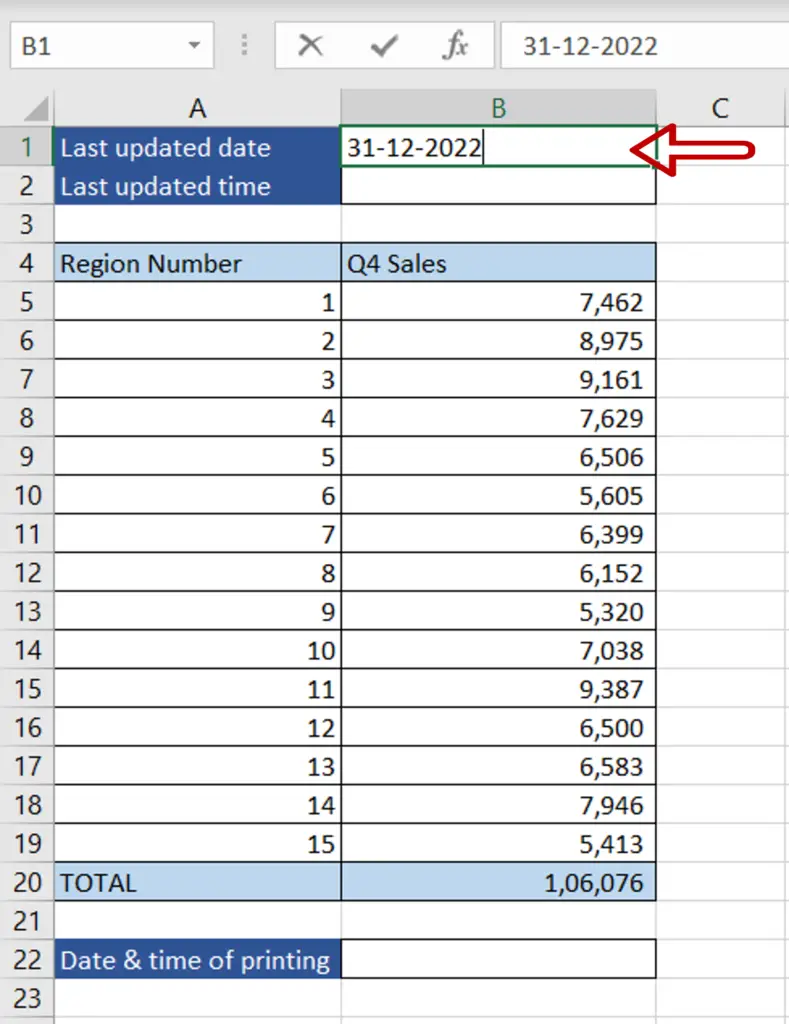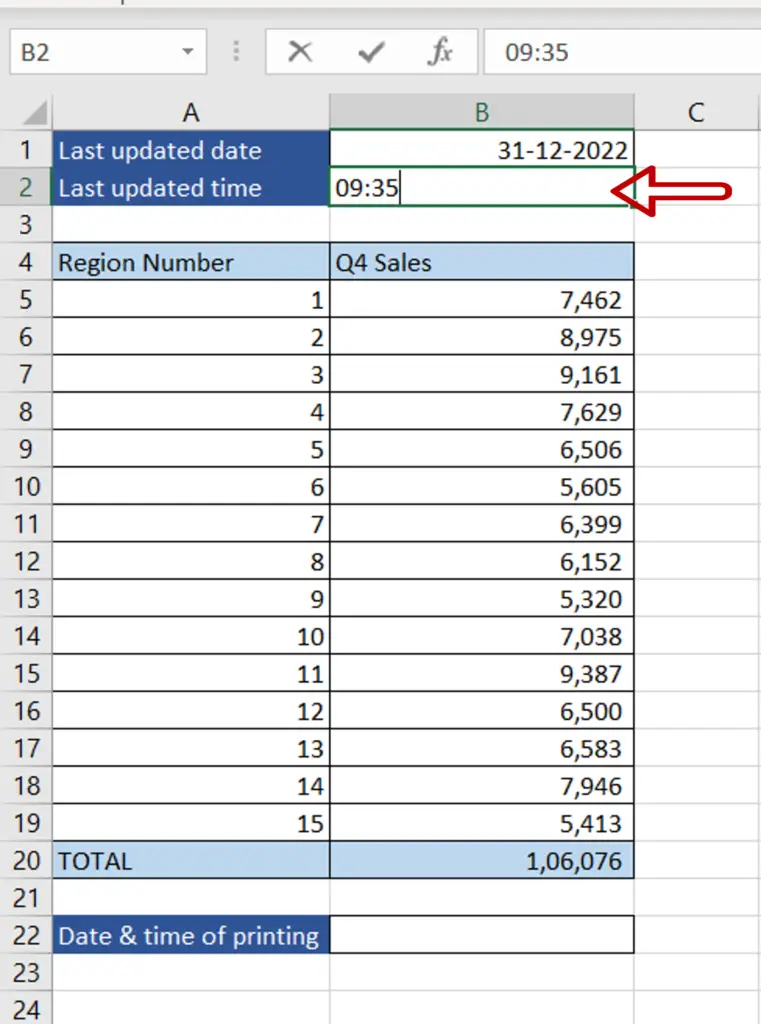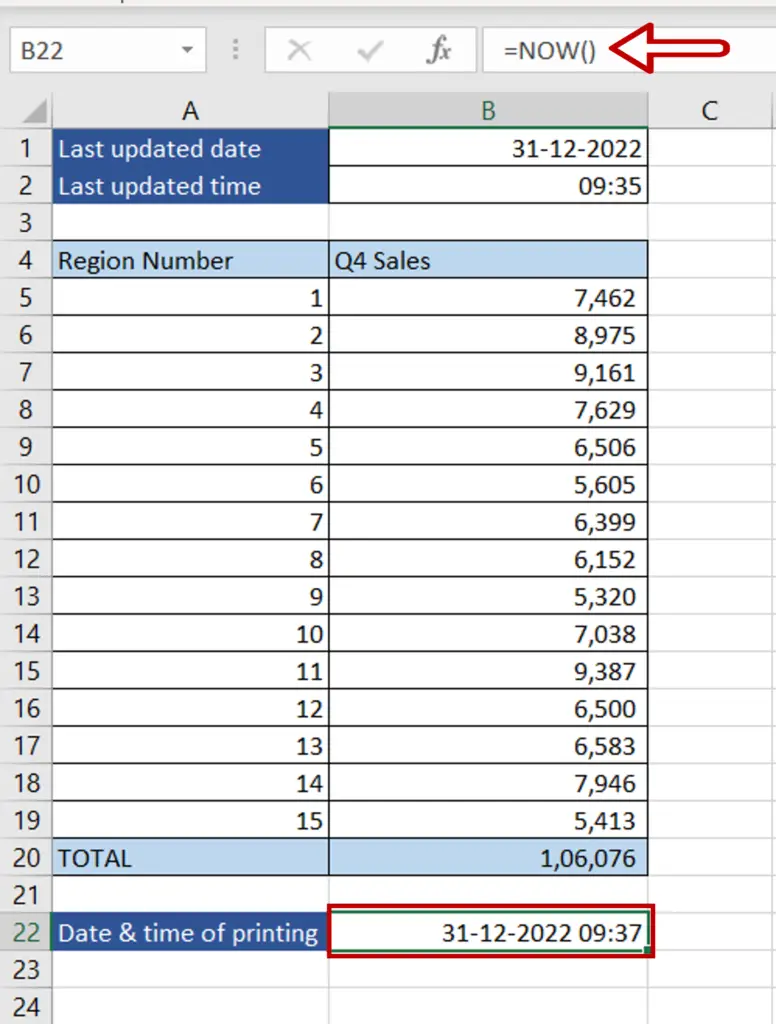How to timestamp in Excel
You can watch a video tutorial here.
Timestamps are useful pieces of information to have in a document as they tell you how recent a document is or when it was last updated. In Excel, you can create either a static timestamp or a dynamic one. A static timestamp will not change after it is inserted and this can be used to indicate when a document was last updated. A dynamic timestamp always reflects the current date and time. This can be used when creating a report that is to be printed so that it displays the date and time of printing.
In Excel, keyboard shortcuts can be used to create a static timestamp and the following function can be used for dynamic timestamps:
- NOW(): this returns the current date and time based on the computer on which the sheet is opened
Option 1 – Create a static timestamp
Step 1 – Add the date

- Select the cell in which the date is to appear
- Press Ctrl+;
- Press Enter
Step 2 – Add the time

- Select the cell in which the time is to appear
- Press Ctrl+Shift+;
- Press Enter
Option 2 – Create a dynamic timestamp
Step 1 – Add the function

- Select the cell in which the timestamp is to be populated
- Type the following:
=NOW()
- Press Enter
- The current date and time are displayed



